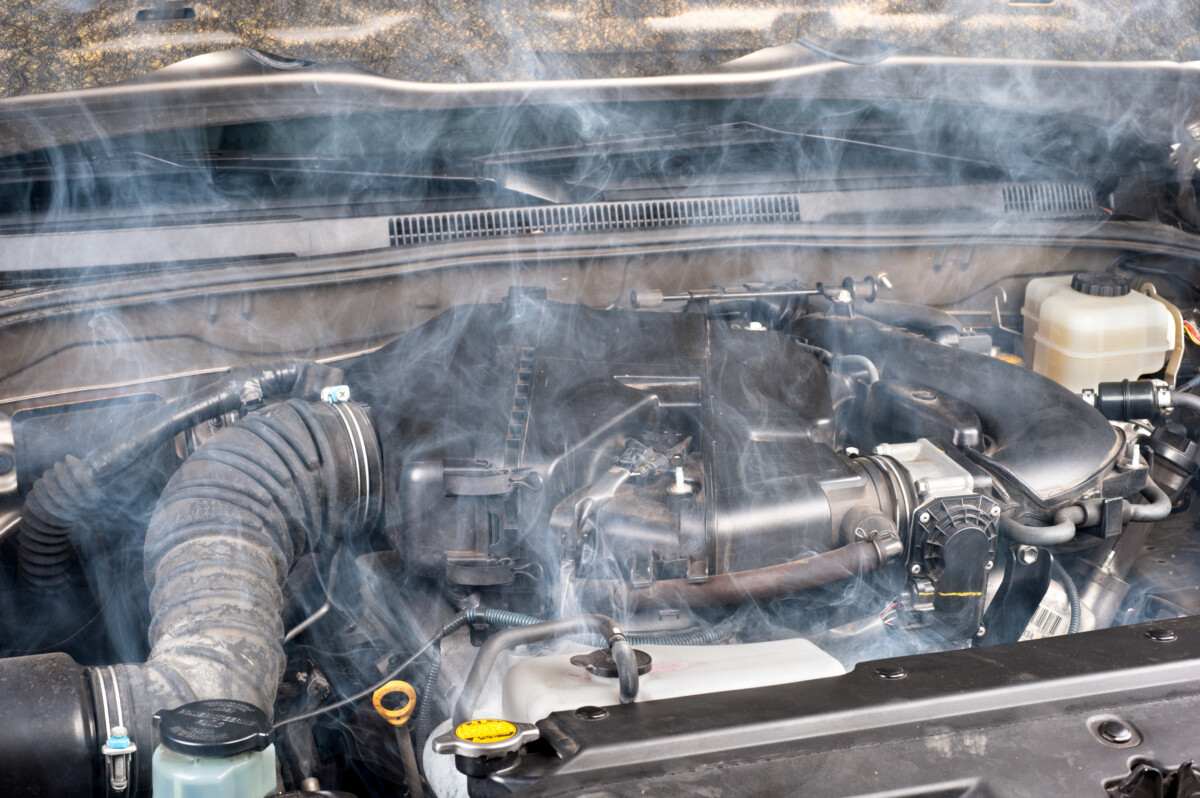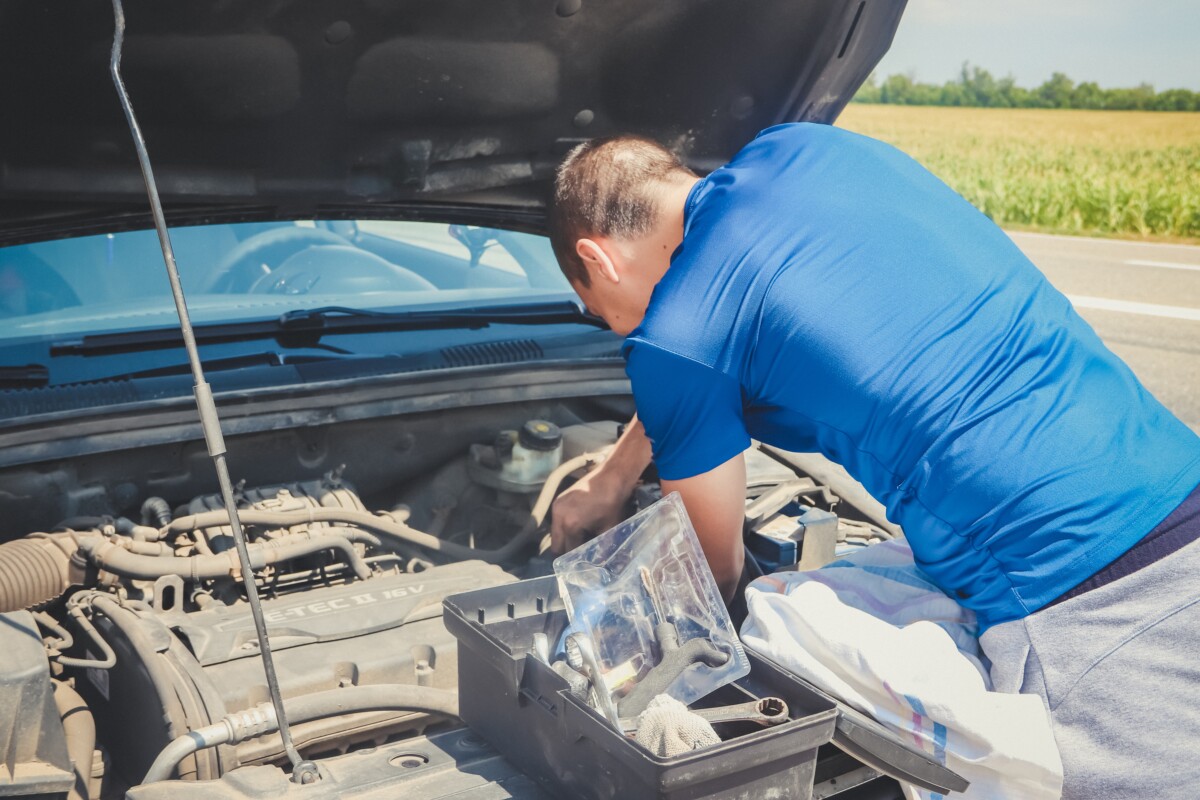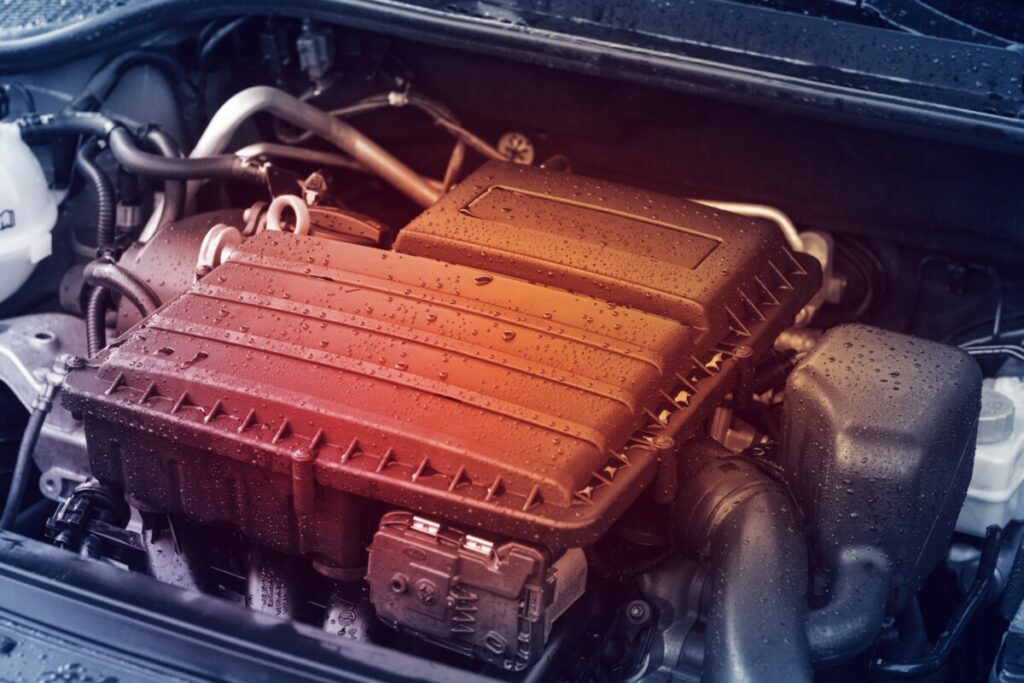Having a car can be a big liability since it’s not just a 1-time payment, instead, you have constant expenses. One of those expenses is at your mechanic’s shop, which even though essential, is also costly.
Out of the many issues our car could have that would require a visit to the mechanic, overheating is one of the more frequent ones. That’s why today we’ll cover the topic of how far you can drive an overheating car. But before we get into that, let’s get more familiar with the issue.
How Far Can We Go

The answer to this question isn’t the same for every car, it depends on several factors. First and foremost, the condition of the components that the overheating damages prior to the overheating is important.
Take the cylinder head as an example, if it’s in pristine condition before it reaches high temperatures it will last longer than a cylinder head that already has a lot of wear and tear.
Another important factor is the severity of the overheating. If it goes only a few degrees over the limit, it means that the issue is still recent and you have time to care for it.
It will take much longer to cause damage by driving it at that temperature than if it goes say a whole 20 degrees over the limit which will require immediate intervention to save the car engine.
To answer it simply, if the severity of the overheating is high, it won’t take more than a minute to cause permanent damage to the engine. If the overheating is still controlled, on the other hand, you can go around 30 miles without causing any serious damage, though anything further than that may be lethal.
Also Read: Is it safe to drive with a broken motor mount?
Before we give you tips on how to prevent overheating, we advise you on what to do in case it occurs. The best thing you can do is pull over as fast as you can and turn the car off.
Instead of letting it cool down and driving it yourself which risks further damage, the first thing you should do is call your local towing service and take it directly to your mechanic to diagnose and fix the issue as soon as possible.
On the other hand, if you have to keep driving and have no place to pull over, the best thing to do is open all your windows, turn the AC off, and turn the heat up. Even though that may sound contradictory, turning the heat up actually takes heat away from the engine and into the cabin.
What Is Overheating
The car normally operates on an engine temperature of 88 to 104 degrees Celsius, anything above that range is considered overheating which can be fatal for the car, and if not taken care of in time, it can be dangerous for you too.
What Causes Overheating
Overheating occurs when there are faults in the cooling system. The cooling system consists of a radiator controlling the heat, one or more radiator fans controlling the radiator temperature, a water pump that circulates the coolant through the engine, and a coolant hose that goes along with a few other small parts. If any of these components are faulty, they can cause an overheating in the engine.
What Damage Can Overheating Do
This is an issue you don’t want to take for granted since it can cause long-term damage to your car that will be very costly to fix. The high temperatures can cause several engine components to distort, primarily the engine block and the cylinder head inside of it.
From the melting, the cylinder head can warp and make a gap between itself and the engine block, resulting in a leak in the head gasket. That causes the engine to burn oil and coolant, and we don’t want that to happen. Other components may suffer too, such as the sensors, belts, and wiring.
How To Prevent Overheating

As we mentioned before, overheating happens when there are issues in our cooling system since that’s what protects the engine from reaching high temperatures. And one thing that can cause damage to the cooling system is a low coolant or antifreeze level.
Our cars have a coolant reservoir in which we pour the coolant or antifreeze that then travels through the system by the water pump. If there’s an inadequate amount, the cooling system won’t work properly which will cause overheating.
What you need to do is fill the reservoir up with coolant or antifreeze to the recommended amount. On the reservoir, there should be a bar that indicates how full it needs to be but if it doesn’t have one, to see what the recommended amount for your car is read the car’s manual or find your answer on the internet.
After you’ve assessed the needed amount, you can buy the coolant or antifreeze from your nearest gas station, open the reservoir cap, and pour in the liquid. Check on these levels every few weeks so you’re never low on coolant or antifreeze.
Another reason your engine can overheat is because of low oil levels. The oil is used for lubricating your car’s components, protecting them from steel-on-steel friction.
If your engine is low on oil, there will be raw friction which will cause the components to heat up and raise the car engine temperature or in other words, overheat. So yes, make sure to check on oil levels and keep them up to par too.
Also Read: Why New Brakes Squeak When Stopping Slow
Final Words
These were the overheating causes that you can control, there are a few that you can’t control though. Thermostat failure which is essential to regulate the engine temperature, defects in some cooling system components like the water pump breaking or the coolant hoses leaking, and a plugged-up heater core are problems that aren’t always in our reach but can still cause overheating. These will need to be revised by your mechanic.
That’s all that we’ve got on the topic of overheating. Hope we helped prevent or fix your engine from overheating and stay safe on the roads.

